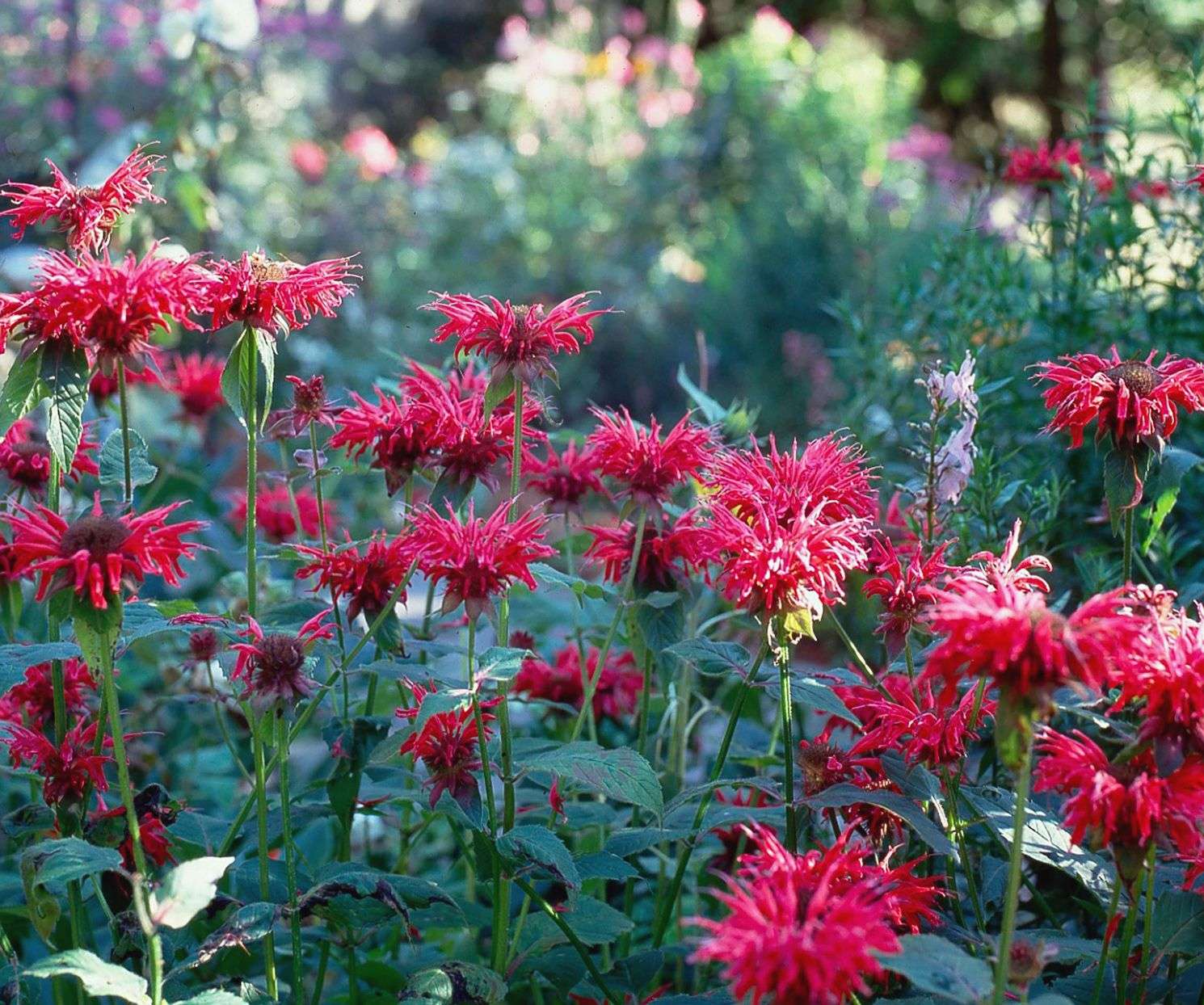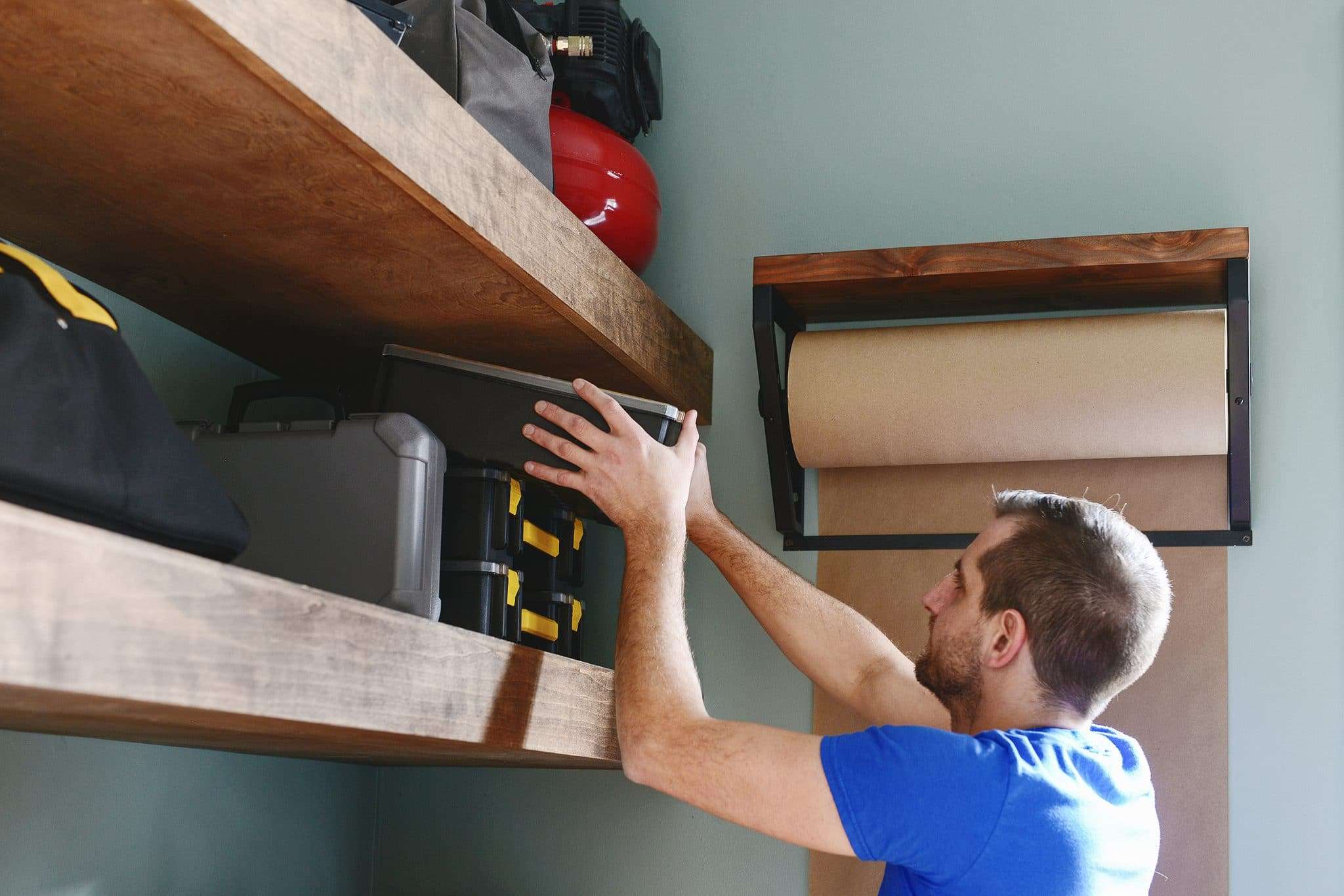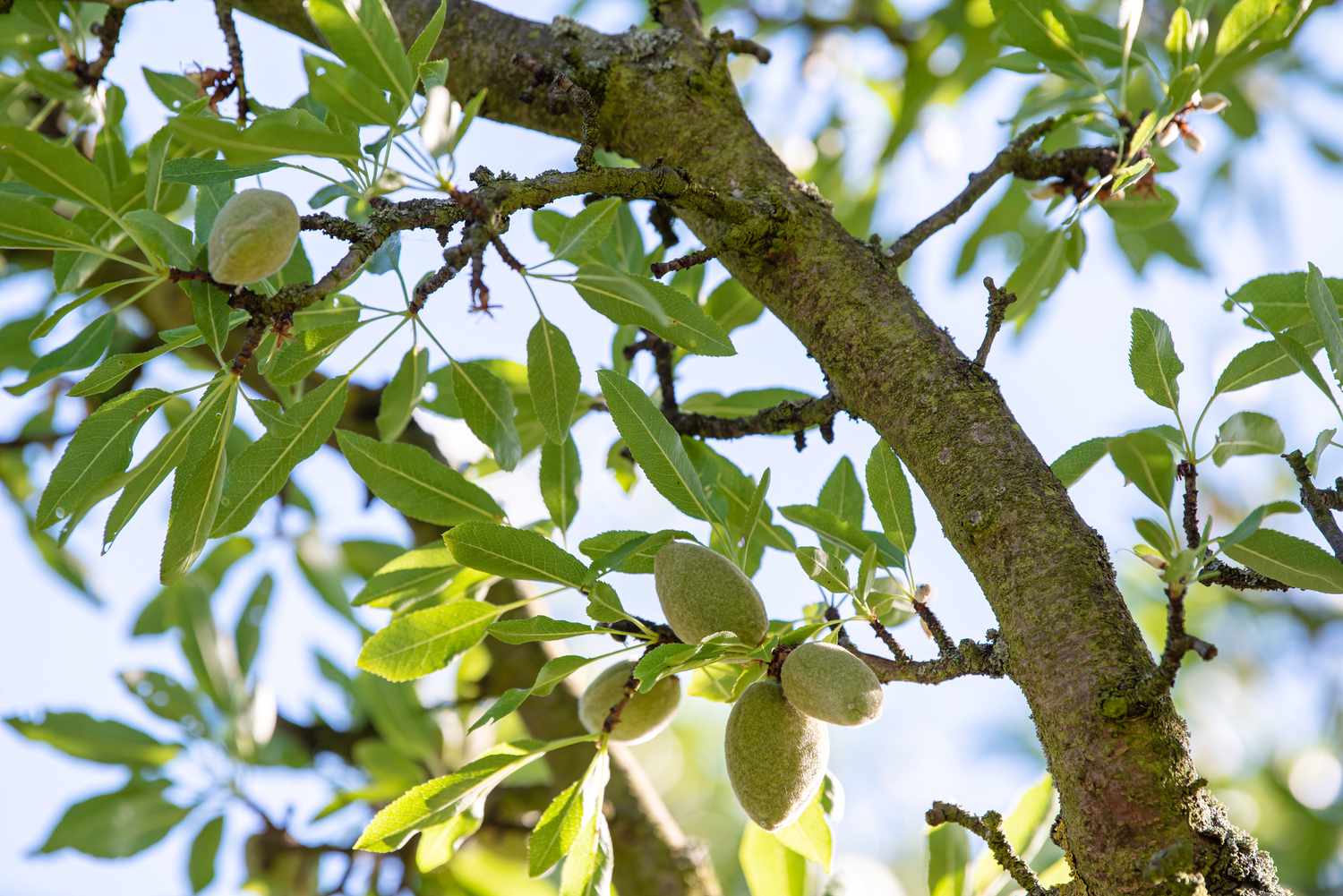How to Plant And Grow Bee Balm: A Gardener’s Guide

Plant bee balm in well-drained soil with full sun exposure. Water regularly and ensure good air circulation.
Bee balm, also known as Monarda, is a popular perennial plant that attracts bees, butterflies, and hummingbirds. It thrives best in sunny locations and requires well-drained soil. This vibrant plant not only adds a splash of color to gardens but also offers medicinal benefits.
Its aromatic leaves can be used for teas and its flowers make beautiful cut arrangements. To ensure healthy growth, maintain good air circulation around the plant to prevent mildew. Regular watering, especially during dry spells, is crucial. For a flourishing garden, consider adding bee balm to your plant collection.
Introduction To Bee Balm
Bee Balm, also known as Monarda, is a vibrant and aromatic plant. It belongs to the mint family. This plant is a favorite among gardeners for its beauty and benefits. You can easily plant and grow Bee Balm in your garden.
What Is Bee Balm?
Bee Balm is a flowering plant with bright, colorful blooms. It comes in red, pink, purple, and white shades. The plant can grow up to 4 feet tall. Its leaves are aromatic and can be used in teas. Bee Balm attracts bees, butterflies, and hummingbirds.
Benefits Of Growing Bee Balm
- Attracts Pollinators: Bees, butterflies, and hummingbirds love Bee Balm.
- Aromatic Leaves: The leaves can be used in teas and potpourri.
- Beautiful Blooms: The vibrant flowers add color to your garden.
- Easy to Grow: Bee Balm is low-maintenance and hardy.
- Medicinal Uses: The plant has traditional medicinal properties.
Growing Bee Balm can make your garden more lively and colorful. The plant also supports the ecosystem by attracting pollinators. You can enjoy its beauty and benefits with minimal effort.
:max_bytes(150000):strip_icc()/red-bee-balm-plants-2132327-08-b967bdbf732d4b43918706323570f9c2.jpg)
Choosing The Right Bee Balm Variety
Bee balm, a vibrant and fragrant plant, attracts pollinators like bees and butterflies. To ensure successful growth, it’s crucial to select the right variety. The choice will depend on your local climate and garden space.
Popular Varieties
Bee balm comes in several popular varieties. Each one offers unique colors and growth patterns.
- Monarda didyma: Known as Scarlet Bee Balm, it has bright red flowers.
- Monarda fistulosa: Also called Wild Bergamot, it features lavender flowers.
- Monarda punctata: Spotted Bee Balm has creamy white flowers with purple spots.
- Monarda citriodora: Lemon Bee Balm has a citrus scent and pale pink flowers.
Climate Considerations
Climate plays a key role in your bee balm’s success. Different varieties thrive in specific conditions.
| Variety | USDA Hardiness Zones | Sunlight Needs |
|---|---|---|
| Monarda didyma | 4-9 | Full Sun to Partial Shade |
| Monarda fistulosa | 3-9 | Full Sun |
| Monarda punctata | 4-9 | Full Sun |
| Monarda citriodora | 5-9 | Full Sun |
For colder regions, opt for varieties like Monarda fistulosa. It can withstand lower temperatures. In warmer zones, Monarda citriodora will thrive.
Ensure your chosen variety matches your garden’s sunlight exposure. Most bee balms prefer full sun. Some can tolerate partial shade.
Preparing The Soil
Preparing the soil is essential for growing healthy Bee Balm. The right soil ensures your plants thrive and attract bees and butterflies.
Soil Type
Bee Balm grows best in well-drained soil. Sandy or loamy soils are ideal. Avoid heavy clay soils as they retain too much water.
Soil Amendments
Improving your soil can make a big difference. Here are some tips:
- Compost: Add organic compost to enrich the soil.
- Sand: Mix in sand to improve drainage.
- Peat Moss: Use peat moss to retain moisture.
Use this table to understand the best soil amendments:
| Amendment | Benefit |
|---|---|
| Compost | Enhances nutrients |
| Sand | Improves drainage |
| Peat Moss | Retains moisture |
Follow these steps to prepare your soil:
- Clear the area of weeds and debris.
- Loosen the soil with a garden fork or tiller.
- Mix in compost, sand, and peat moss.
- Level the soil with a rake.
Now your soil is ready for planting Bee Balm. Happy gardening!
Planting Bee Balm
Bee Balm is a wonderful plant that attracts pollinators and brightens gardens. It is also known as Monarda, this plant is perfect for any garden. Planting Bee Balm correctly ensures healthy growth and vibrant blooms.
When To Plant
For the best results, plant Bee Balm in early spring or fall. This gives the plant time to establish roots before extreme weather. Make sure the last frost has passed before planting in spring. If you plant in fall, do it at least six weeks before the first frost.
Planting Techniques
Follow these steps to plant Bee Balm successfully:
- Choose a sunny spot: Bee Balm loves full sun. Select a location that gets at least six hours of sunlight daily.
- Prepare the soil: The soil should be well-draining and rich in organic matter. Add compost to improve soil quality.
- Dig the hole: Dig a hole twice as wide and deep as the root ball.
- Plant the Bee Balm: Place the root ball in the hole. Ensure the top of the root ball is level with the soil surface.
- Fill the hole: Fill the hole with soil and gently firm it around the plant.
- Water thoroughly: Water the plant thoroughly after planting. Keep the soil moist but not soggy.
| Step | Action |
|---|---|
| 1 | Choose a sunny spot |
| 2 | Prepare the soil |
| 3 | Dig the hole |
| 4 | Plant the Bee Balm |
| 5 | Fill the hole |
| 6 | Water thoroughly |
By following these steps, you can ensure your Bee Balm thrives. Happy planting!
Watering And Feeding
Watering and feeding are crucial for growing healthy Bee Balm plants. Proper hydration and nutrition help them thrive and produce vibrant blooms. Follow these guidelines to ensure your Bee Balm flourishes.
Watering Schedule
Bee Balm requires consistent moisture. Water the plant deeply, soaking the soil. Aim for watering every 2-3 days during hot weather. In cooler months, reduce frequency to once a week. Check soil moisture using your finger. If the top inch is dry, it’s time to water.
| Season | Watering Frequency |
|---|---|
| Spring | Every 3-4 days |
| Summer | Every 2-3 days |
| Fall | Every 4-5 days |
| Winter | Once a week |
Fertilization Tips
Fertilizing Bee Balm helps it grow strong and bloom profusely. Use a balanced, all-purpose fertilizer. Apply it in early spring when new growth appears. Follow these steps for best results:
- Choose a 10-10-10 fertilizer for balanced nutrients.
- Apply fertilizer every 6-8 weeks during growing season.
- Mix fertilizer into the top inch of soil.
- Water the plant thoroughly after fertilizing.
Avoid over-fertilizing as it can harm the plant. Keep an eye on your Bee Balm, and adjust care as needed.
Pruning And Maintenance
Bee balm is a vibrant and hardy plant that requires regular pruning and maintenance to thrive. Proper care helps in keeping the plant healthy and encourages more blooms. Let’s dive into the best practices for maintaining your bee balm.
Pruning Methods
Pruning bee balm is essential for its growth and appearance. Follow these methods for effective pruning:
- Deadheading: Remove spent flowers to promote new blooms.
- Cut Back: Trim the plant to half its size in early spring.
- Thinning: Remove excess stems to improve air circulation.
Pest And Disease Control
Bee balm can attract various pests and diseases. Regular maintenance helps in keeping them at bay. Here are some tips for pest and disease control:
| Issue | Solution |
|---|---|
| Powdery Mildew | Apply fungicide and ensure proper air circulation. |
| Aphids | Use insecticidal soap or neem oil. |
| Spider Mites | Spray water on the plant to dislodge them. |
Maintaining your bee balm through regular pruning and effective pest control ensures a healthy, blooming garden.
Harvesting Bee Balm
Harvesting bee balm at the right time ensures you get the most flavor and medicinal benefits from the plant. Knowing when and how to harvest can make a big difference in the quality of your bee balm.
When To Harvest
The best time to harvest bee balm is in the morning, after the dew has dried but before the heat of the day. This is when the essential oils are at their peak. Aim to harvest bee balm when the flowers are in full bloom. The leaves can be harvested anytime during the growing season, but they are most potent just before the plant starts to flower.
How To Harvest
Follow these simple steps to harvest your bee balm:
- Use sharp scissors or pruning shears to cut the stems.
- Cut the stems about 6 inches above the ground.
- Make sure to leave some leaves on the plant so it can continue to grow.
For the flowers, gently pluck them off the stem. Place them in a basket or a paper bag. Avoid crushing them to preserve their delicate structure and essential oils.
| Part of Plant | Best Time to Harvest |
|---|---|
| Leaves | Anytime during growing season |
| Flowers | Full bloom |
Remember to always use clean tools when harvesting. This helps prevent the spread of disease. Properly harvested bee balm will be more flavorful and beneficial.
Using Bee Balm
Bee balm is more than just a pretty flower. It has a variety of uses that can enhance your kitchen and improve your health. In this section, we will explore the culinary and medicinal uses of bee balm.
Culinary Uses
Bee balm can add unique flavors to your dishes. Its leaves and flowers are edible and can be used fresh or dried. Here are some ways you can use bee balm in your cooking:
- Herbal Tea: Steep fresh or dried leaves in hot water. Add honey for sweetness.
- Salads: Sprinkle fresh petals over salads for a colorful garnish.
- Flavoring: Use leaves in marinades or as a seasoning for meats.
- Desserts: Add petals to cakes and cookies for a hint of minty flavor.
Bee balm’s minty, citrusy flavor makes it versatile in the kitchen. Experiment and find your favorite uses.
Medicinal Uses
Bee balm has been used in traditional medicine for centuries. It offers several health benefits:
| Health Benefit | How to Use |
|---|---|
| Digestive Aid | Make a tea from the leaves to ease digestion. |
| Cold Relief | Inhale steam from boiling leaves to clear nasal passages. |
| Wound Healing | Apply crushed leaves to minor wounds to reduce infection. |
Bee balm contains natural compounds that can help with various ailments. Always consult a healthcare provider before using it medicinally.

Troubleshooting Common Issues
Planting and growing Bee Balm can be a rewarding experience. However, like any plant, Bee Balm can face some issues. Understanding these common problems and their solutions ensures your Bee Balm thrives.
Common Problems
Powdery Mildew
Powdery mildew is a common fungal disease. It appears as a white powder on leaves.
Poor Blooms
Sometimes, Bee Balm plants produce fewer flowers. This may be due to inadequate sunlight or poor soil.
Pests
Bee Balm can attract pests like spider mites and aphids. These pests can damage the plant.
Solutions
Dealing with Powdery Mildew
To manage powdery mildew:
- Ensure good air circulation around plants.
- Water at the base of the plant, not on the leaves.
- Use a fungicide if the problem persists.
Improving Blooms
For better blooms:
- Plant Bee Balm in a sunny spot.
- Use well-draining soil with organic matter.
- Fertilize with a balanced fertilizer in spring.
Controlling Pests
To keep pests at bay:
- Inspect your plants regularly for signs of pests.
- Use insecticidal soap for minor infestations.
- Introduce beneficial insects like ladybugs to eat the pests.
Frequently Asked Questions
What Is The Best Time To Plant Bee Balm?
The best time to plant bee balm is in the spring. This allows the plant to establish itself before the summer heat.
How Much Sunlight Does Bee Balm Need?
Bee balm thrives in full sun but can tolerate partial shade. Ensure it gets at least 6 hours of sunlight daily.
How Often Should I Water Bee Balm?
Water bee balm regularly, keeping the soil consistently moist. Avoid waterlogging, as it can cause root rot.
Can Bee Balm Be Grown In Containers?
Yes, bee balm can be grown in containers. Choose a large pot with good drainage and use quality potting soil.
Conclusion
Growing bee balm can be a rewarding experience. Follow the steps mentioned to enjoy vibrant blooms and attract pollinators. Remember to water regularly and provide ample sunlight. With care, bee balm will thrive in your garden, adding beauty and life.
Start planting today and enjoy the benefits of this wonderful herb.







One thought on “How to Plant And Grow Bee Balm: A Gardener’s Guide”